What is the
Network of Safety?
The mother is at the center of the Network of Safety model. Ultimately, she will seek life-saving care for herself and her newborn. Each member of her network is bound to provide infrastructure, programs, and services with her needs in mind.
The central tenet of the Network of Safety is partnerships. A mother and newborn’s survival and happiness do not depend on any one individual. Rather, their improved health outcomes depend on the cumulative success of a variety of factors and stakeholders.
OHW’s model identifies six key players of a mother’s “Network” who together have the ability to save her life and the life of her baby.

In many cultures, a woman’s husband and her in-laws hugely impact her care-seeking behavior. This should be viewed as an opportunity to expand the support for a mother by including the family’s decision-makers in the perinatal and delivery process. Families are greatly affected by the death of a mother or her baby, and should be encouraged to be a part of the process of ensuring a safe delivery.
In our experience, engaging family members and other perhaps non-traditional influencers, has mobilized tremendous community support for our programs.

A community’s support of maternal and neonatal health care efforts is vital to successful and sustainable reductions in rates of maternal and neonatal mortality. Often, norms are established at the community level, so changes in health-seeking behavior must occur within the community at large. Programming to ensure awareness of maternal & neonatal health concerns and resources are an important aspect of ensuring a mother’s safety.

Nepal has a fully established network of Female Community Health Volunteers (FCHVs) who serve as Community Outreach Providers and disseminate accurate information about maternal and neonatal health within their communities. FCHVs are members of the communities where they work, and therefore well-suited to address gaps in knowledge in a culturally appropriate manner, either through group discussions or by responding directly to specific questions from pregnant women, their families, and other community members. They are also important liaisons for Monitoring and Evaluation programs, since they have special access to community-based data through their personal relationships and local knowledge.

The Skilled Birth Attendant’s (SBA)’s role is significant, in large part because she knows her community well, and can therefore provide quality care suited to her context. She is able to address most complications as they arise, or refer them to the nearest hospital in a timely manner if she is unable to manage the complication on her own. Ensuring that SBA’s have quality training and ongoing support is paramount.

The day-to-day experience of mothers and newborns is deeply impacted by accessibility to and quality of the health facilities they encounter. Many studies show that delivery in a health facility has an enormous impact on the health outcomes of both mother and child (or at home with skilled assistance and supplies). Most health posts, even in remote environments, have government-imposed regulations to ensure they have the supplies to treat common birth-related complications and identify complications that demonstrate a need for referral to a larger treatment center.
Furthermore, these facilities often provide essential ANC and PNC services. Yet, nearly 53 million women across the globe, mostly in resource-poor settings, receive no skilled care during delivery, and many do not have access to perinatal care. Significant efforts have been aimed at closing the gap in accessing skilled care, often focusing on improving health education.
However, recent research has demonstrated that often, the problem is not that women do not see the benefit of delivering at a health post, but rather that the health posts do not offer quality, respectful services. The 2016 Lancet series on Maternal Health emphasizes that as access to services expands with urbanization, emphasis must shift from getting women to facilities to improving quality and timeliness of services offered in facilities.

At the most macro-level, a functioning and thoughtful government system has the ability to significantly affect the health outcomes of mothers and babies, mostly through intentional investment of resources, policies favoring mothers and newborn infants, infrastructure development, and so much more. Many governments suffer from a lack of resources and in some cases a lack of administrative/oversight capacity. However, the government has the potential to make far-reaching changes and maintain these changes long-term and therefore is a key ally in OHW’s fight to end maternal and neonatal mortality.
This is why the Government of Nepal is one of OHW’s key partner’s in implementing the Network of Safety in Nepal.









